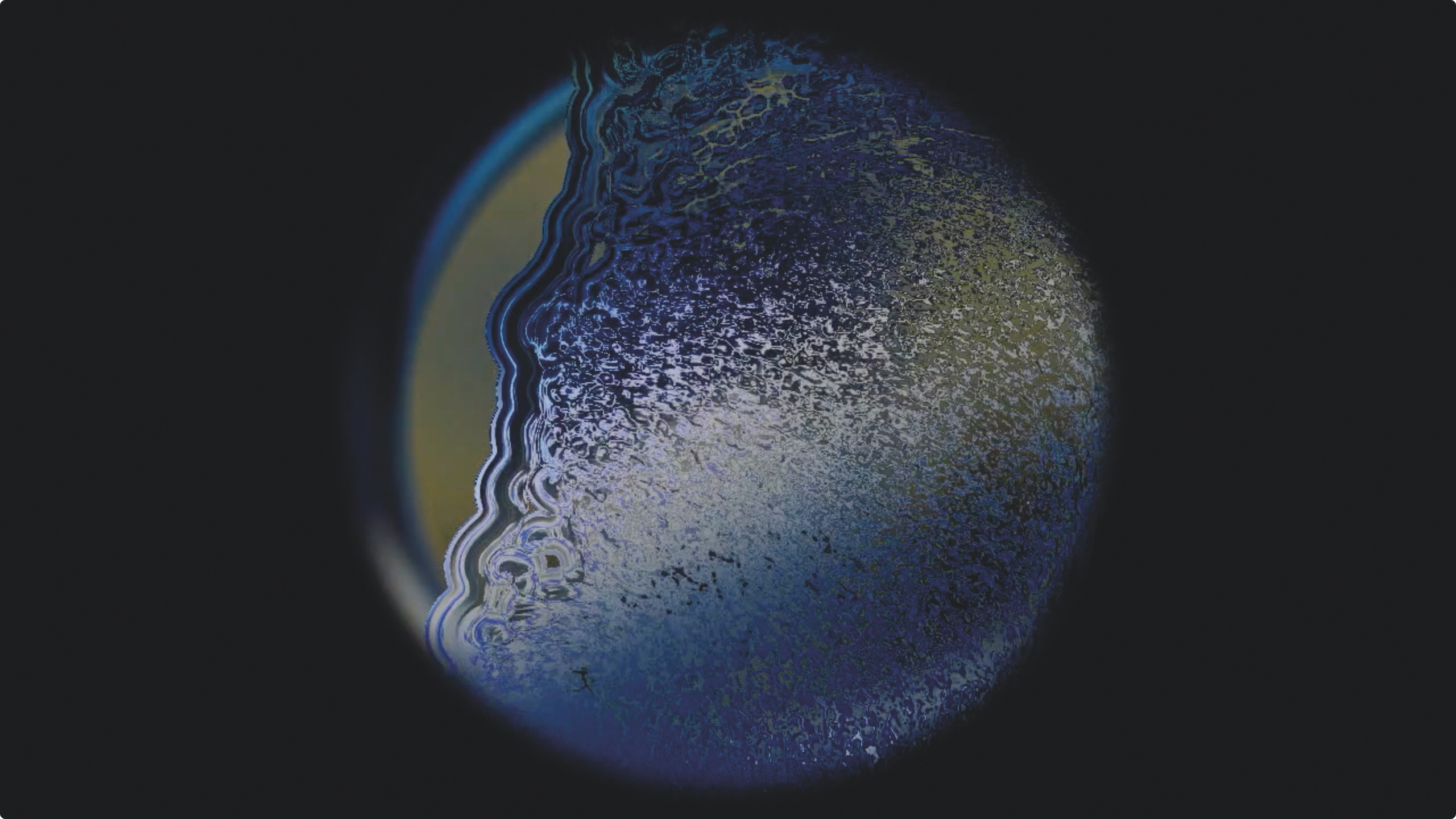A General Ecology of Things
by Barney Kasswebsite - instagram
Urban environments are constantly awake and under construction, often discouraging symbiosis and connection between the spaces and the people inhabiting them. When new machines, roads and other infrastructural endeavours are introduced into a city’s ecosystem, mental well-being is not being taken into consideration, especially when it comes to sound. Taking the underground can be a distressing experience for one’s ears. Living in cities permanently under construction means that many of us can’t escape constant noise.
Barney’s investigation drew on the experience of two Londoners with sensory processing disorders, who could not ignore the noise pollution affecting them daily. Barney designed a bio-acoustic sensor, which records sounds heard by humans and non-humans, and placed it in the spaces disturbing these Londoners.
Using the data recorded with the sensor, he collaboratively made music with it. Barney is drawing from a long lineage of communication between human sound-making and the environment. Often this dialogue has been between music and nature. Here Barney is communicating with urban space and the pain that city sounds may cause.
Barney’s investigation drew on the experience of two Londoners with sensory processing disorders, who could not ignore the noise pollution affecting them daily. Barney designed a bio-acoustic sensor, which records sounds heard by humans and non-humans, and placed it in the spaces disturbing these Londoners.
Using the data recorded with the sensor, he collaboratively made music with it. Barney is drawing from a long lineage of communication between human sound-making and the environment. Often this dialogue has been between music and nature. Here Barney is communicating with urban space and the pain that city sounds may cause.

Creative Proposition: A General Ecology of Things
Bioacoustic sensor / Data driven music / Inclusive sensory experienceCollaboration between neurodiverse people and data
Please listen here
The major problems in the world are the result of the difference between how nature works and the way people think – Gregory Bateson
A General Ecology of Things is, at its core, about creating a conversation with the environment, using technology and music as a bridge to blur the line between people and their surroundings. In doing so, a new narrative begins to form around how our urban environments are designed with the hope of encouraging symbiosis, connection andinclusivity between people and the world around them.
I focused on the experience of two people, one a young professional, and the other a session musician. Both were suffering extreme mental distress from the noise pollution they were forced to experience. One of the participants experiences these disturbances from within his own home, whilst the other has a sensory processing disorder which causes hypersensitivities to the world around them. This made it very difficult for either to live and work from within an urban setting.
I wanted to find out more about the spaces they found so distressing.
Bioacoustics is the study of human and non-human sounds in order to learn about their relationship with each other. I designed a bioacoustic sensor, which I then placed for twenty four hours in the spaces the participants had brought to my attention in North West London. I began to design a system where the data sourced from the site could conduct and collaboratively compose music. Using the destructive bioacoustic data allowed me to track and gauge the well-being of the environment and draw commonalities between the data and the way the participants were feeling.
Sound and music have been embedded in our culture since we formed communities. As we create sound, we are often subconsciously collaborating with our surroundings through music. It is part of our social and emotional instincts to make sounds to communicate with the world around us. This can release neurohormones in the body, causing both pleasant and destructive responses. West African Tribes have specific ritualistic performances where they drum against the water. This is a ritual reserved for female warriors with the intent to draw and give energy to the forest. By implementing my bioacoustic sensor and creating music in collaboration with the data, I am trying to achieve some form of dialogue with the space.
